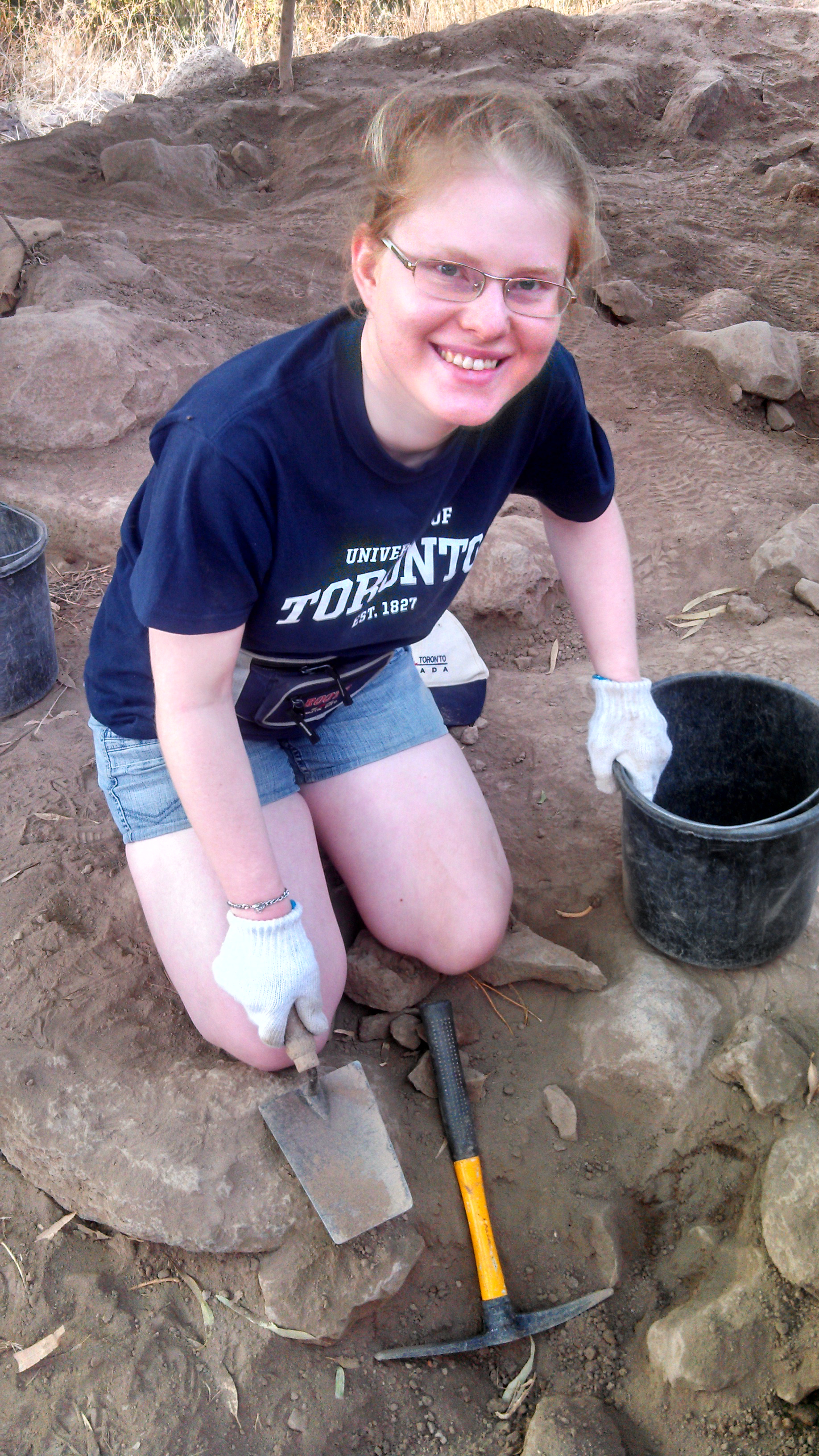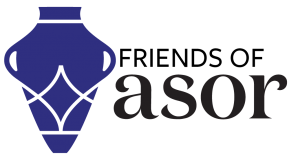
 WELCOME TO THE ASOR BLOG
WELCOME TO THE ASOR BLOG
The American Schools of Oriental Research (ASOR) is the preeminent society for individuals interested in the archaeology of the eastern Mediterranean and the Biblical Lands. This blog is intended to facilitate ASOR’s mission “to initiate, encourage and support research into, and public understanding of, the cultures and history of the Near East from the earliest times.”
Digging the Iron Age at Bethsaida
By: Olga Goussev-Sushinsky, 2013 Heritage Fellow

For my first archaeological dig, I decided to choose Bethsaida. The site is located at north-east shore of the Sea of Galilee and is most known for its role in the New Testament. It is also renowned for being the capital of the Biblical kingdom Geshur. Led by Dr. Rami Arav of the University of Nebraska, the project focuses on strata ranging from the Iron I to the Early Roman period. I learned about the Bethsaida Excavations Project during the last ASOR Annual Meeting and became immediately drawn to the idea of excavating the legendary city of Geshur.
This year, our team was working on three areas, the Iron Age area, the Greco-Roman area, and the new one, whose age is still being determined. Each volunteer was presented with a choice of a preferable area, and I chose the one dating to the Iron Age (Area A<strong> –</strong>south). The goal of our group was to expose a paved plaza floor of an Iron Age city and to find the outer defense wall. I mostly dug the floor, while others worked in a trench area located behind the wall and on a mound next to the pavement. At some point, we came across some disturbances from modern activity. We found a few modern artifacts, including modern ware shards and a phone wire. After working through the disturbed area, our team discovered the destruction of the city gate—the infrastructure to the paved plaza—dating to the 9th century BCE. Below the pavement is located the floor of the earlier city gate dating to the 10th century BCE.
Most of the site activities involved digging, carrying heavy buckets of dirt, and desperately trying to find treasures through sifting. Being a first-time volunteer for an archaeological project, I have to admit that I had unrealistic expectations of findings. I expected to find hordes of coins, well-preserved pottery, and perhaps a scarab seal or two. Obviously, I am exaggerating. 🙂 With time, I began to realize that every single find, no matter how big or small, is incredibly exciting. Needless to say, I did end up finding some interesting artifacts.
Most of our findings consisted of mixed pottery assemblage from different ages, flint tools, and occasional bones. The most exciting day of my stay was the day I found a piece of a shard of an elaborate Roman pot imported from Carthage. On the same day, a volunteer from an adjacent area also discovered a beautiful Phoenician bead from 2nd century BCE. I was equally excited for both of us!
Thanks to the Heritage Fellowship and to Rami Arav, the director of the dig, I had an amazing time at Bethsaida. Not only did I gain insight into archaeology, I was also honored to meet many professionals from the field of Near Eastern Civilizations and to present a paper at one of the evening lectures held at our kibbutz.
All content provided on this blog is for informational purposes only. The American Schools of Oriental Research (ASOR) makes no representations as to the accuracy or completeness of any information on this blog or found by following any link on this blog. ASOR will not be liable for any errors or omissions in this information. ASOR will not be liable for any losses, injuries, or damages from the display or use of this information. The opinions expressed by Bloggers and those providing comments are theirs alone, and do not reflect the opinions of ASOR or any employee thereof.
 WELCOME TO THE ASOR BLOG
WELCOME TO THE ASOR BLOG